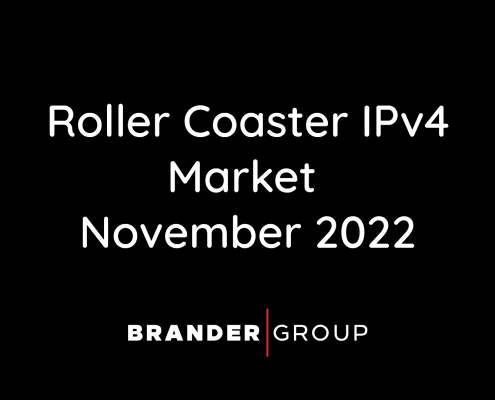Posts

IP2Location: How IP Tracking Powers Geolocation
IPv4 BlogIP2Location is a geolocation database and designed to identify the physical location of an IP address

Understanding the American Registry of Internet Numbers
Knowledge HubARIN is North America's Regional Internet Registry. One of five RIRs responsible for allocating and managing Internet resources.

IPv4 Readdressing Challenges
IPv4 BlogAs the internet continues to develop and expand, it is becoming increasingly difficult to manage the IPv4 addresses that are used to identify and connect devices on the same network. Many organizations are now facing the challenges of readdressing IPv4 address networks in order to meet their current needs.

Réseaux IP Européens (RIPE NCC) Explained
Knowledge HubRIPE NCC is a nonprofit organization that manages IP addresses and ASNs in Europe, the Middle East, and Central Asia.

The Benefits of IPAM – IP Address Management
Knowledge HubIPAM (IP Address Management) is a system for planning, tracking, and managing IP addresses in a network to ensure efficiency and security.
 2024
2024What is a Proxy IP Address?
IPv4 Blog, Knowledge HubProxy servers are significant in maintaining online privacy and security. Stay informed and protected when browsing the web.
 2022
2022Roller Coaster IPv4 Market – November 2022
IPv4 BlogThis year, the IPv4 Transfer Market has proven to become more volatile with each new month, mimicking the global roller-coaster stock market.
 2022
2022What is CIDR? – Classless Inter-Domain Routing
Knowledge HubUnderstand CIDR and its impact on IP address allocation. Explore how it revolutionized the management of IPv4 addresses.
 2024
2024How to Choose an IPv4 Broker
IPv4 Blog, Knowledge HubRIPE Provider Aggregatable (PA) & Provider Independent (PI) IPv4 Addresses serve distinct purposes within the internet addressing landscape.
 2024
2024What is IPv4? – Internet Protocol Version Four
IPv4 Blog, Knowledge HubUnderstand the role of IPv4 in internet traffic routing. Explore the challenges it faces and the need for the transition to IPv6.